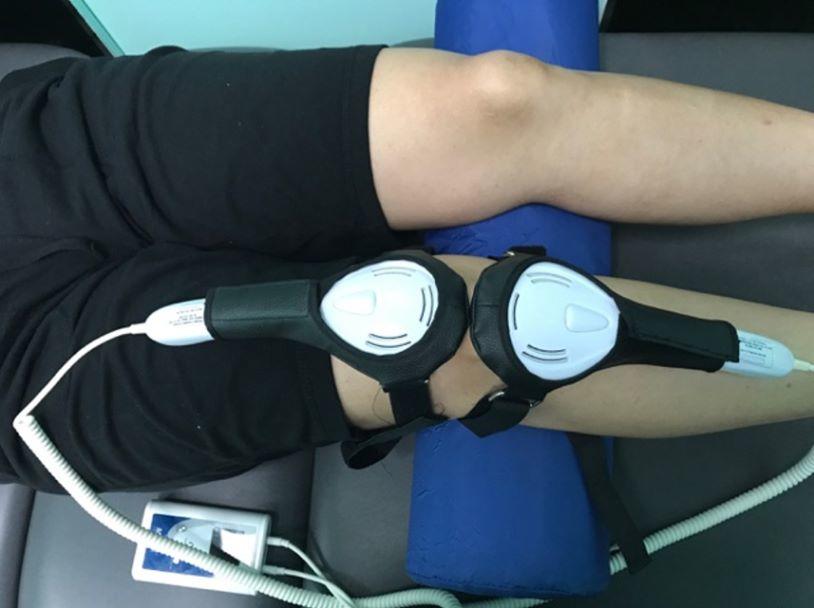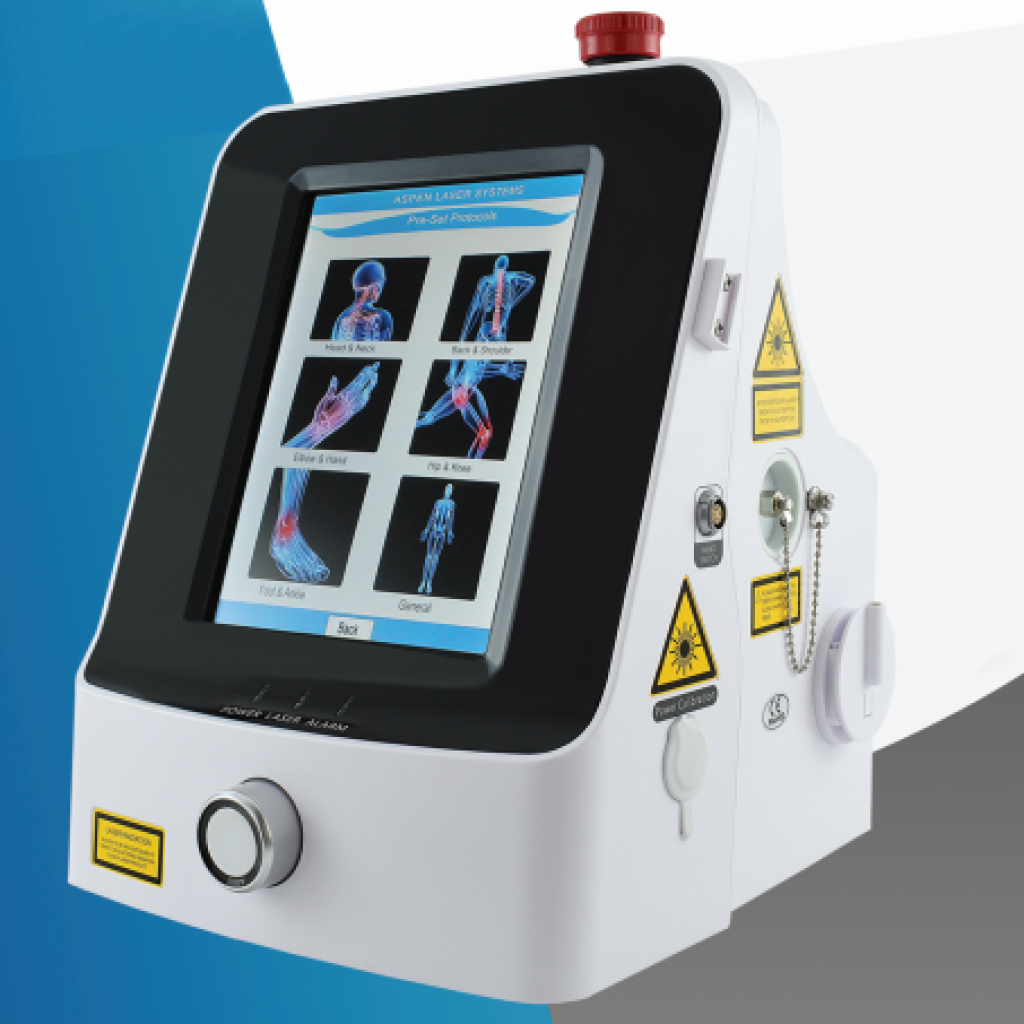Cold vs. Hot Laser Therapy
Healing and pain management have come a long way in recent years, with innovative treatments offering patients a wider range of options than ever before. One such advancement in the world of chiropractic care is the use of laser therapy, a non-invasive and painless procedure designed to alleviate pain and promote healing. Two popular variants of this therapy are cold laser therapy and hot laser therapy. In this blog, we will explore the key differences and similarities between these two approaches, as well as the conditions that are best suited for each, and the pros and cons of each method.
Cold Laser Therapy
 How It Works
How It Works
Cold laser therapy, also known as low-level laser therapy (LLLT), utilizes low-intensity lasers or light-emitting diodes (LEDs) to stimulate and promote tissue repair and reduce inflammation. These lasers emit non-thermal photons of light, which are absorbed by the body’s cells, ultimately leading to improved cellular function.
What Conditions Benefit from Cold Laser?
Cold laser therapy is particularly effective in treating a variety of conditions, including musculoskeletal pain, arthritis, tendonitis, and soft tissue injuries. It is also commonly used for wound healing and has shown promising results in reducing inflammation and pain associated with conditions like carpal tunnel syndrome and fibromyalgia.
Pros of Cold Laser Therapy
- Non-Invasive: Cold laser therapy is a non-invasive and painless procedure, making it a safe and well-tolerated treatment option.
- Minimal Side Effects: Patients typically experience minimal side effects, if any, such as mild, temporary discomfort.
- Short Treatment Time: The therapy sessions are relatively short, often lasting only a few minutes and no longer than 30 minutes, depending on the condition being treated.
- No Downtime: Unlike surgery, there is no need for downtime or recovery after cold laser therapy.
Cons of Cold Laser Therapy
- Multiple Sessions: For optimal results, multiple sessions are usually required, but your doctor will create a treatment plan and we also offer packages for laser treatment that provide out-of-pocket savings.
- Limited Depth of Penetration: Cold lasers have limited depth of penetration, making them less suitable for deep-seated conditions.
- Varied Results: Effectiveness can vary from person to person, and not everyone may experience the same degree of pain relief or healing.
Hot Laser Therapy
 How It Works
How It Works
Hot laser therapy, also known as high-intensity laser therapy (HILT), uses lasers that emit higher-intensity, thermal energy to target and stimulate deeper tissues. Unlike cold laser therapy, hot laser therapy can produce a warming sensation during treatment due to the heat generated.
What Conditions Benefit from Hot Laser?
Hot laser therapy is generally better suited for conditions that require deeper penetration, such as chronic back pain, herniated discs, and deep-seated joint pain. It is also used for post-surgical pain management and to accelerate the healing of ligament and tendon injuries.
Pros of Hot Laser Therapy
- Deeper Penetration: Hot laser therapy can reach deeper tissues, making it more effective for certain conditions that require deeper healing.
- Faster Results: Due to the higher energy output, hot laser therapy can lead to faster pain relief and healing.
- Reduced Inflammation: The thermal effects of hot laser therapy can help reduce inflammation in deep tissues.
Cons of Hot Laser Therapy
- Potential Discomfort: The sensation of heat during treatment can be uncomfortable for some patients, and cooling mechanisms are often used to alleviate this.
- Risk of Burns: The thermal energy generated by hot laser therapy poses a potential risk of burns if not properly controlled.
- Not Suitable for All: Hot laser therapy may not be appropriate for individuals with certain medical conditions or sensitivities, and its use should be carefully evaluated by your chiropractor.
Key Similarities and Differences
Treatment Mechanism: The primary similarity between cold and hot laser therapy is that they both use laser technology to stimulate tissue repair and reduce pain. However, their mechanisms of action and intensity levels are notably different.
Suitable Conditions: Cold laser therapy is best suited for superficial conditions, while hot laser therapy is more appropriate for deeper-seated issues. The choice between the two largely depends on the specific injury or condition being treated.
Side Effects: Both cold and hot laser therapies are generally well-tolerated with minimal side effects. However, the sensation during treatment differs, with cold laser therapy being painless and hot laser therapy potentially causing discomfort due to the heat.
Treatment Duration: Cold laser therapy sessions are typically shorter, while hot laser therapy sessions may take longer. The number of required sessions can also vary depending on the specific condition and its severity.
In summary, both cold laser therapy and hot laser therapy have their place in chiropractic care, offering patients non-invasive alternatives for pain management and healing. The choice between the two depends on the nature of the condition, its depth, and the patient’s individual needs and preferences. Cold laser therapy is ideal for superficial issues, with its non-invasive nature and minimal side effects making it a comfortable option for many. Hot laser therapy, on the other hand, is better suited for deeper-seated conditions and may offer faster and more targeted results.
Before undergoing any laser therapy, it is essential to consult with your chiropractor to determine the most suitable treatment plan. They can evaluate your specific condition, medical history, and individual needs to ensure you receive the most effective and safe laser therapy for your situation. Laser therapy can be a valuable tool in the world of chiropractic care, helping patients find relief and healing in a non-invasive and painless manner.





